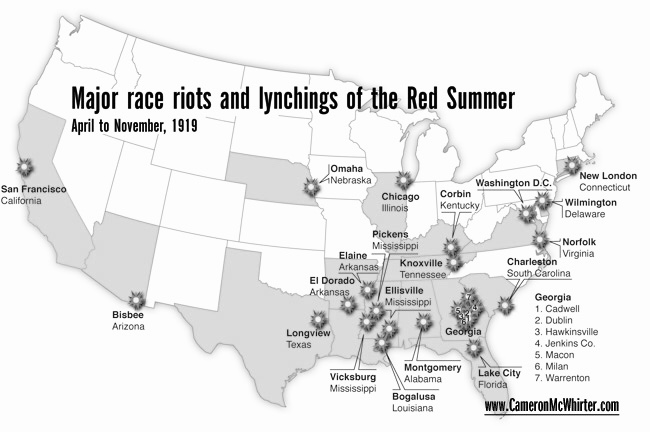The events that took place from April to November of 1919 were perhaps the pinnacle of racism. Being the end of the First World War, it was finally time to end the racial discrimination against the blacks because they had proven to be loyal to the nation in times of war and now the war was over. Instead, the propagation of racial discrimination was amplified and worsened the state of black civilians and veterans. These events were crucial in shaping the current perceptions of the American people on race. Contemporary racism is expressed through rather subtle forms such as reverse racism and sports. This paper argues that the racist acts and the lynching culture witnessed in the Red Summer in 1919 were fueled by permissiveness towards inappropriate social behavior and that racism and “lynching” is still prevalent just as much as it was in 1919; the only difference today is that more stealth forms of expression have been adopted by perpetrators. The violence enveloped towns, counties, and larger cities from Texas to Nebraska, Connecticut to California. The records show that at-least 25 major riots and mob actions erupted and at least 52 black people were lynched.



